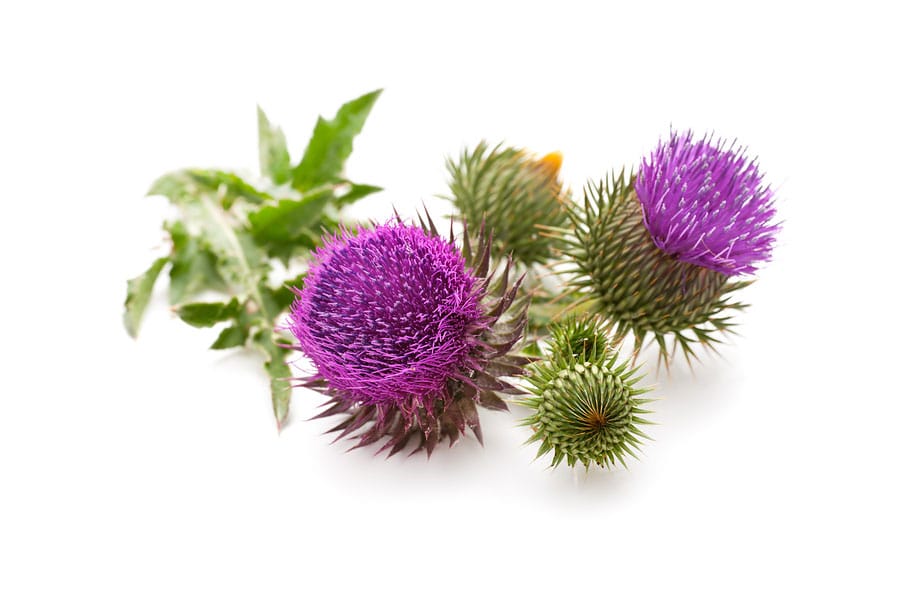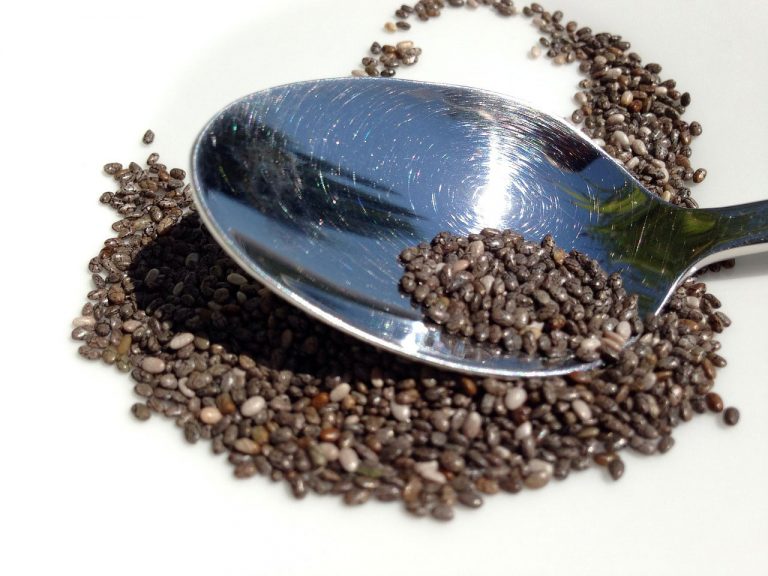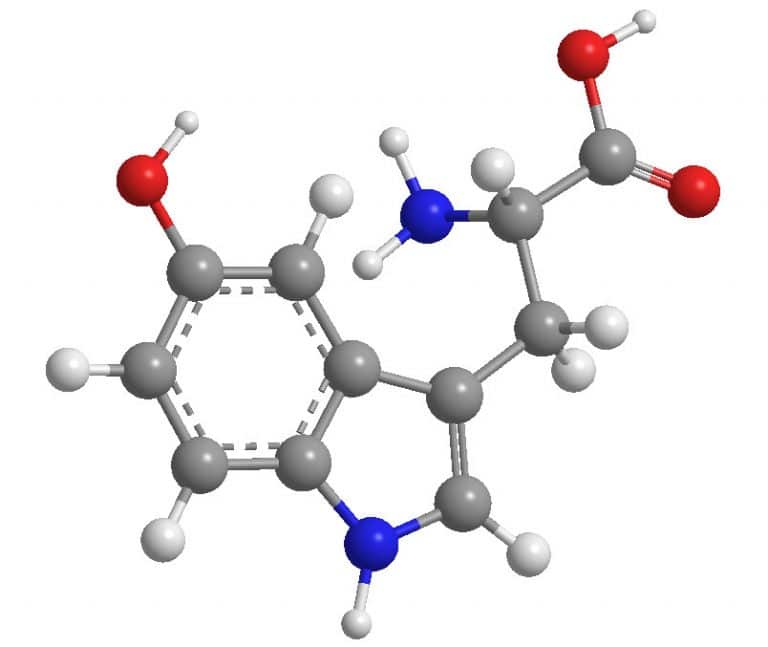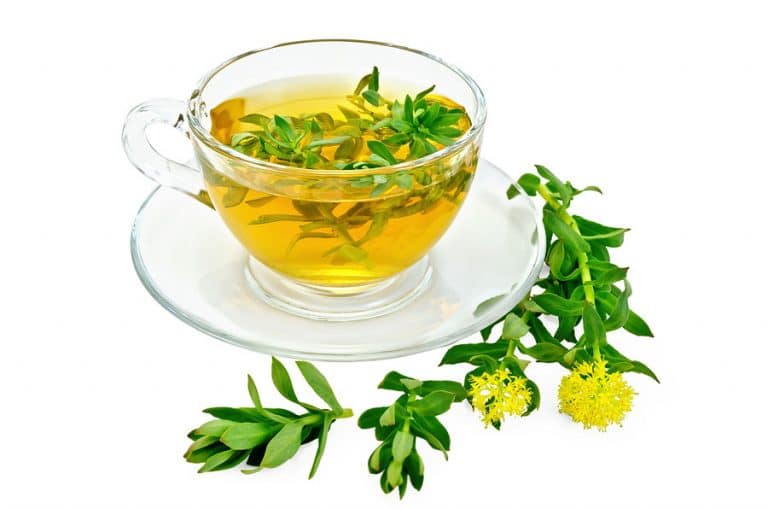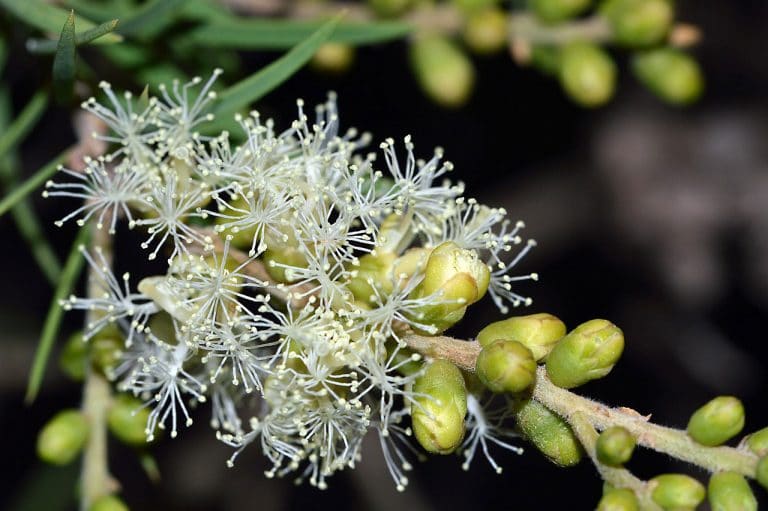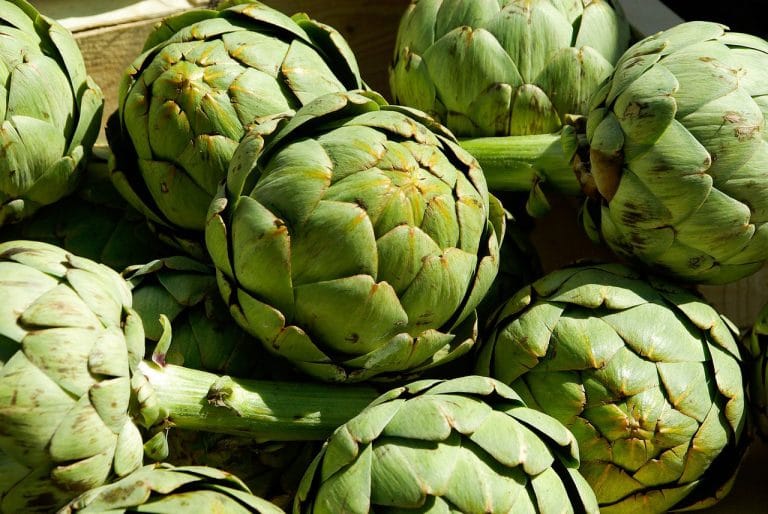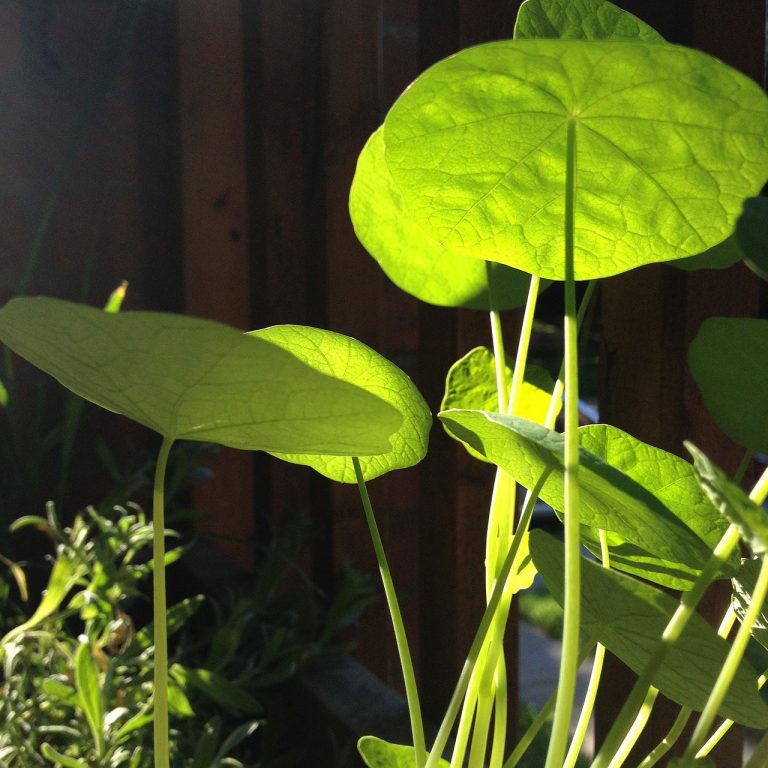Milk Thistle
Scientific Classification
| Kingdom: | Plantae |
| (unranked): | Angiosperms |
| (unranked): | Eudicots |
| (unranked): | Asterids |
| Order: | Asterales |
| Family: | Asteraceae |
| Tribe: | Cynareae |
| Genus: | Sillybum |
| Species: | S. Marianum |
| Binomial Name: | Sillybum Marianum |
Silybum Marianum, commonly known as milk thistle is a herbaceous annual plant belonging to the Asteraceae family. The other synonyms are blessed Milk Thistle, Cardus Marianus, Scotch Thistle, Variegated Thistle, Mediterranean Milk Thistle, Saint Marys Thistle, and Mary Thistle. Though it is found throughout the world now, it actually originated from regions belonging to Southern Europe and Asia. This beautifully flowering plant is a biennial shrub that bears attractive flowers in the red or purple shade with glossy leaves having dull green color and white veins. It is thorny vegetation found in the Mediterranean region where it develops as a scrub on the rocky substrates.
History
Milk thistle has a long, history dating back to 2000 years. The main purpose of this herb in those days was to treat the liver dysfunction. The early people of the middle ages found antidote properties in Milk Thistle that was useful for liver toxins. Dioscorides recommended the use of milk thistle for snake bites. Some Native Americans used this herb to treat boils and other diseases of the skin. Some homeopathic practitioners used milk thistle seeds as a main ingredient in medications for treating gallstone, bronchitis, jaundice and varicose veins.
Anatomy
Milk thistle is a flowering herbaceous plant that grows about 30-200 cm in length and has a base diameter about 160 cm. With a conical shape from top to bottom, it bears leaves that are glossy, ovate with tapering edges and oblong accompanied by white veins and shiny green color. The flowers bloom from June to August in the Northern Hemisphere and from December to February in the Southern Hemisphere in a red-purple shade. They grow about 4 to 8 cm in length.
Habitat
Silybum Marianum can easily thrive in rich and fertile soil which is usually seen near the river banks. It is an invasive plant seen near the southeast England coast, Iran, New Zealand, Australia and North America. It can also be found in the disturbed areas, sheep camps and any place with high nitrogen level in soil.
Soil
Milk thistle grows well in disturbed soil or fertile pastures with high nitrogen content. It can adjust in all types of soil, even clay soil, but does not prefer a light soil.
Planting
Milk thistle can be propagated by sowing seeds in cold climates. Directly sow the seeds in the soil when the temperature of soil is very low. Germination takes place at a day temperature of 10 to 30 degrees Celsius and night temperature of 2 to 15 degrees Celsius.
Water
As all the plants require water for a healthy growth, this plant too requires water but in a less proportion. Regular watering like, once a week is required if there are no rains.
Temperature and Humidity
Milk thistle seeds require less temperature for germination process. It will germinate at a temperature of 10 to 30 degree C. Fresh seeds require a cool climate to propagate, whereas the seeds stored in a refrigerator for 4-5 months propagate only in warm temperatures.
Care
Milk thistle should be planted at 1.5 m apart in a row and should be thinned to 60 cm. Regular pruning is not recommended, but a trimming of the flower stems will help to keep the plant bushy.
Pests and Diseases
Generally, there are no such harmful pests to harm the plant other than the caterpillars and snails seen on the foliage. Diseases like powdery mildew and botrytis have been reported in Australia.
Uses
Milk thistle seeds are mainly used to make medicines. It is considered as a potent medication for liver diseases. It also possesses some properties to fight poison. Other than that, it is used for treating diabetes, malaria, uterine complaints, allergy, and depression and to increase the milk flow in nursing women.

Having discovered a fondness for insects while pursuing her degree in Biology, Randi Jones was quite bugged to know that people usually dismissed these little creatures as “creepy-crawlies”.

